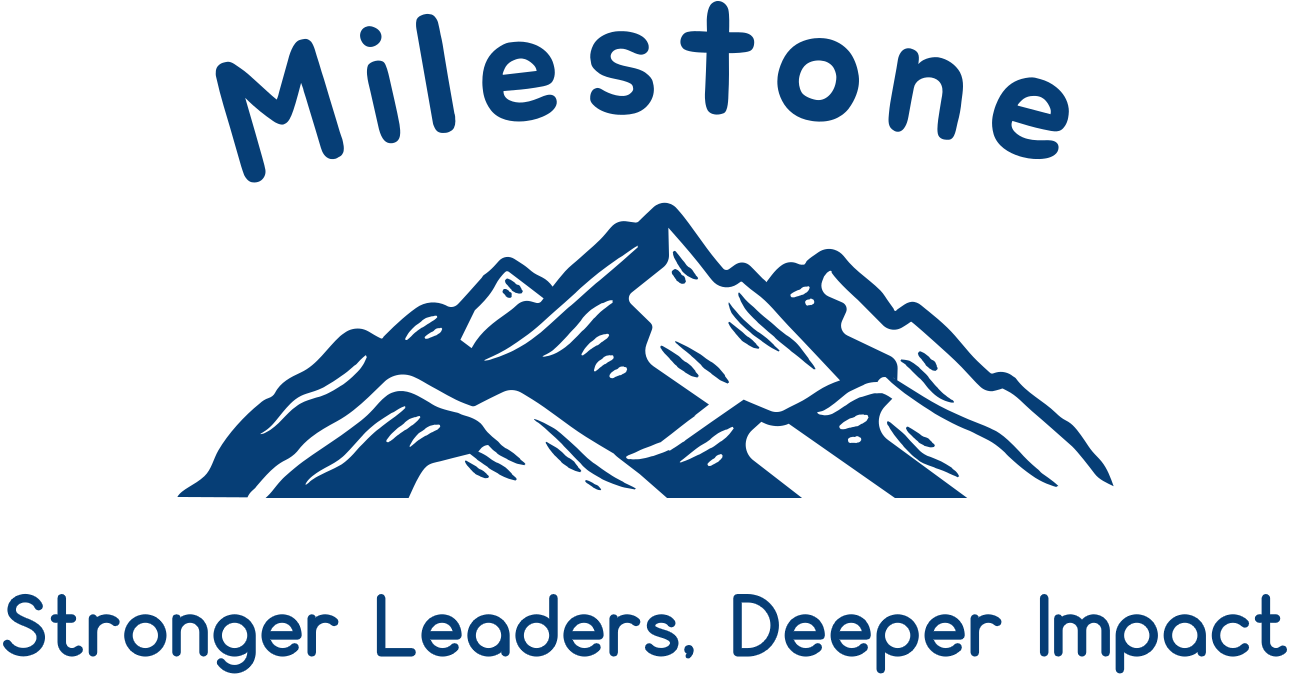Reading the Clouds: Leadership Lessons from Mount Rainier
Yesterday morning, while running along the Snoqualmie River Valley near my home in Duvall, I looked up and saw Mount Rainier covered with lenticular clouds, smooth, lens-shaped formations that hover like halos over the summit. They’re visually stunning, but they’re also signals; if you’ve lived in the PNW for a while you know that when these clouds appear, rain is likely within a day or two.
Those clouds weren’t just predicting rain — they were offering a reminder about leadership.
The Mountain as Mentor
Long before weather apps and radar, the Indigenous peoples of the Pacific Northwest, including the Cowlitz, Muckleshoot, Nisqually, Puyallup, and Yakama, looked to Mount Rainier (Takhóma) for guidance. The mountain wasn’t just a landmark. Its cloud formations and seasonal rhythms offered cues for when to plant, harvest, gather, or prepare for change (National Park Service: Indigenous Connections to Mount Rainier).
These peoples didn’t just try to predict the future. They paid attention to it.
Leadership Isn’t Only Forecasting — It’s Preparing
Forecasting matters, whether it’s financial modeling, resource planning, or building best-, worst-, and nominal-case scenarios. But leaders also know that forecasts rarely play out exactly as planned, afterall, they are forecasts, not facts. The real edge comes from pairing solid forecasting with preparedness: noticing early signals, building agile systems, and paying attention to the signals around you.
Three Leadership Lessons from the Clouds
1. Notice the Patterns
Change rarely arrives unannounced. Leaders who practice pattern recognition can act before issues turn into crises. That might look like spotting a small dip in customer engagement and addressing it before it impacts revenue, or regularly asking the team, “What’s changing in our environment that we should pay more attention to?”
When you lead yourself and your team to look for subtle signals and changes in trends, you’re better prepared for the bigger storms.
2. Build for Agility
Preparation isn’t about rigid plans, it’s about flexibility, values, and resilience. OKRs give teams focus, but agile leaders don’t wait until something breaks to adjust course. Instead, they make a habit of asking, “Why is this the right OKR for us now?”
If the answer feels weak or forced, that’s a signal to reexamine priorities. Agility also shows up in how you design systems so that they can flex without breaking when conditions change. Anchored in values but flexible in execution, agile teams are better prepared for whatever weather rolls in.
3. Pay Attention the Wisdom Around You
Leadership isn’t only about strategy. It’s stewardship including creating a culture and rhythms to encourage you and the team to listen deeply to the knowledge in your ecosystem. Frontline employees often spot risks or opportunities before leadership does, and their insights can prevent blind spots. Learning from external sources matters too, whether it’s Indigenous knowledge of natural patterns, customer feedback, or lessons from entirely different industries. Leaders who stay curious and listen broadly typically make wiser decisions.
Final Thought
Mount Rainier doesn’t predict the future, but it does provide clues about what’s coming. The real question is: are we paying attention?
Forecasting matters. But the best leaders don’t just plan for scenarios, they prepare their teams to read the signals, stay agile, and draw on collective wisdom. You can’t stop the rain, but you can make sure that the team has the right rain gear.
